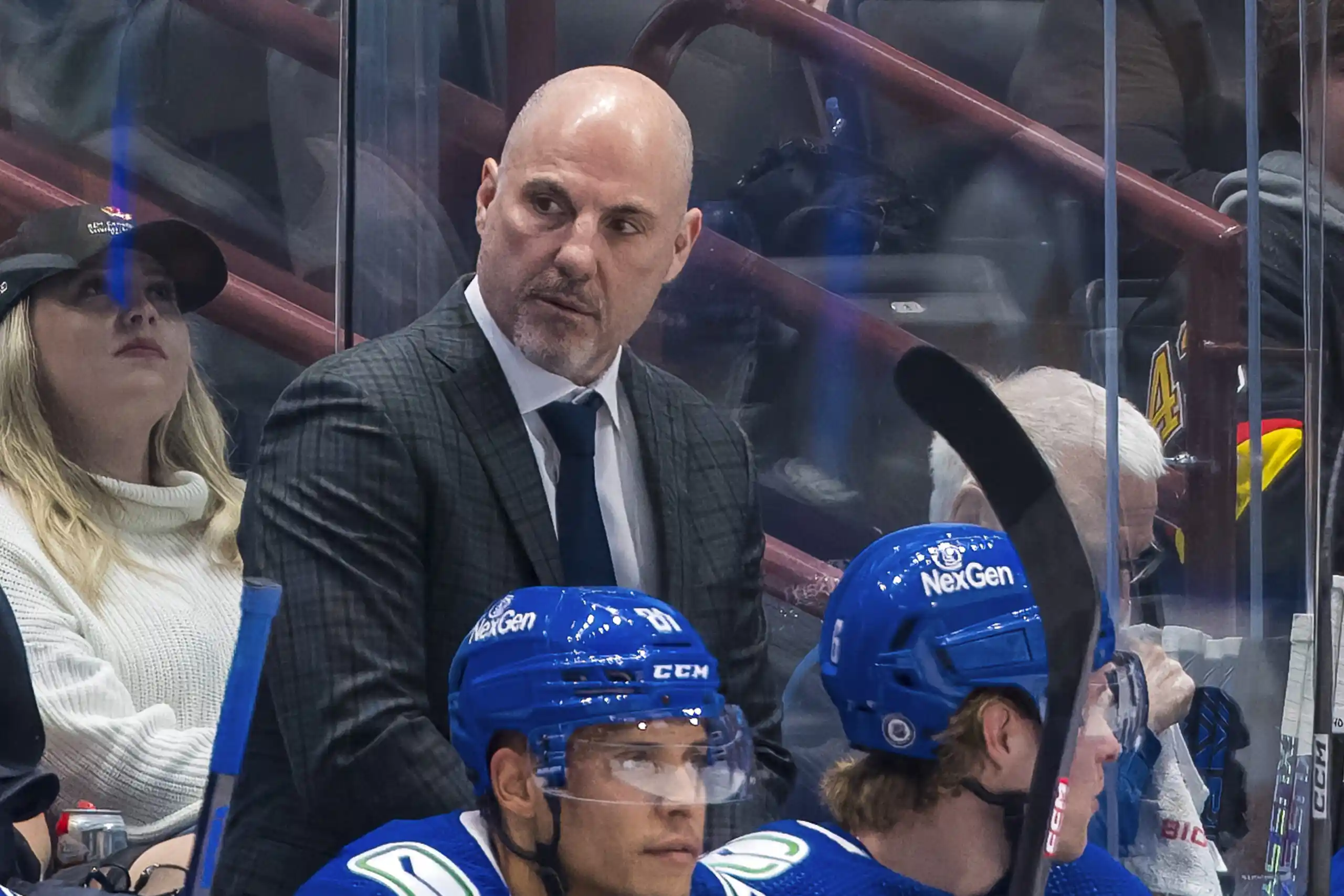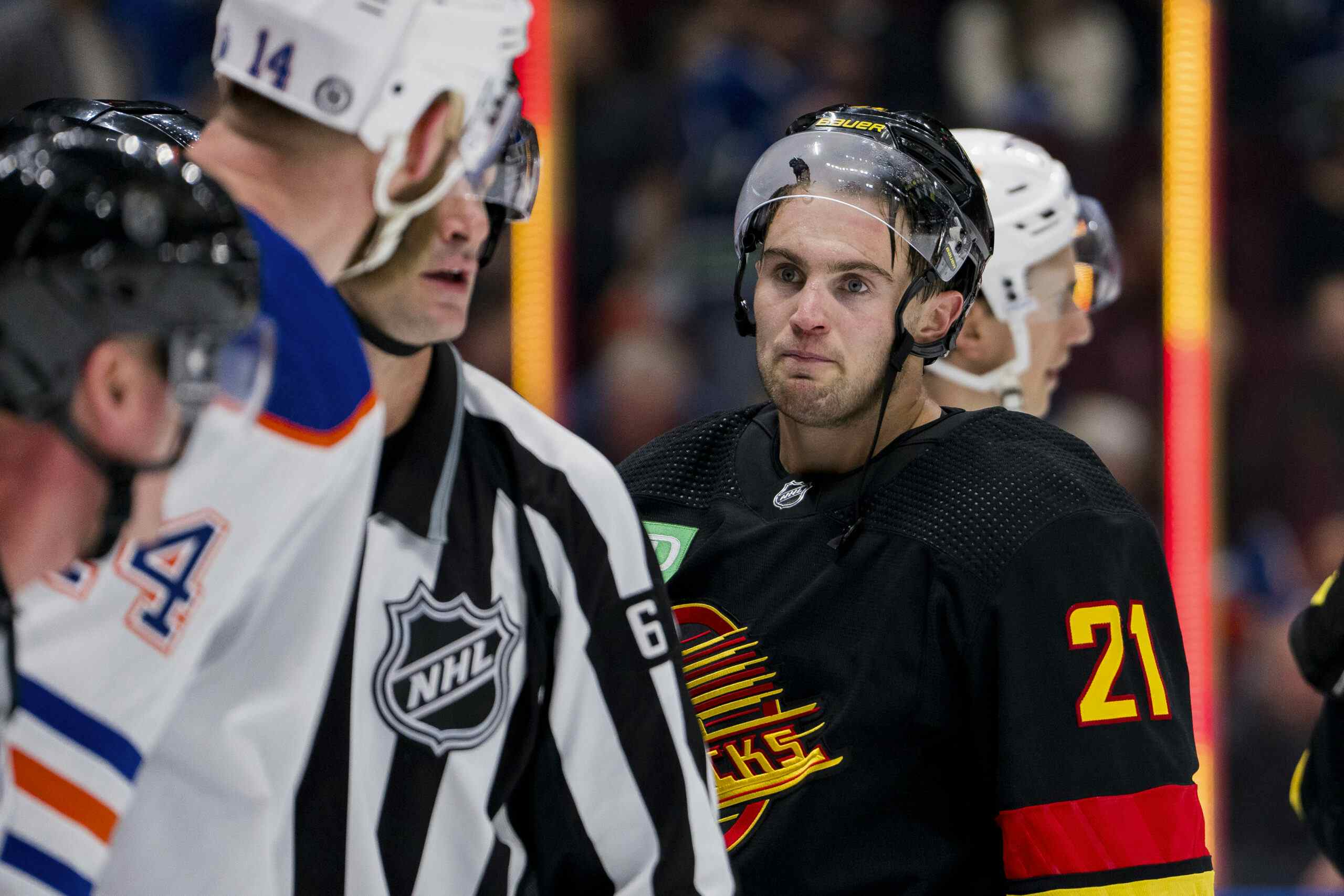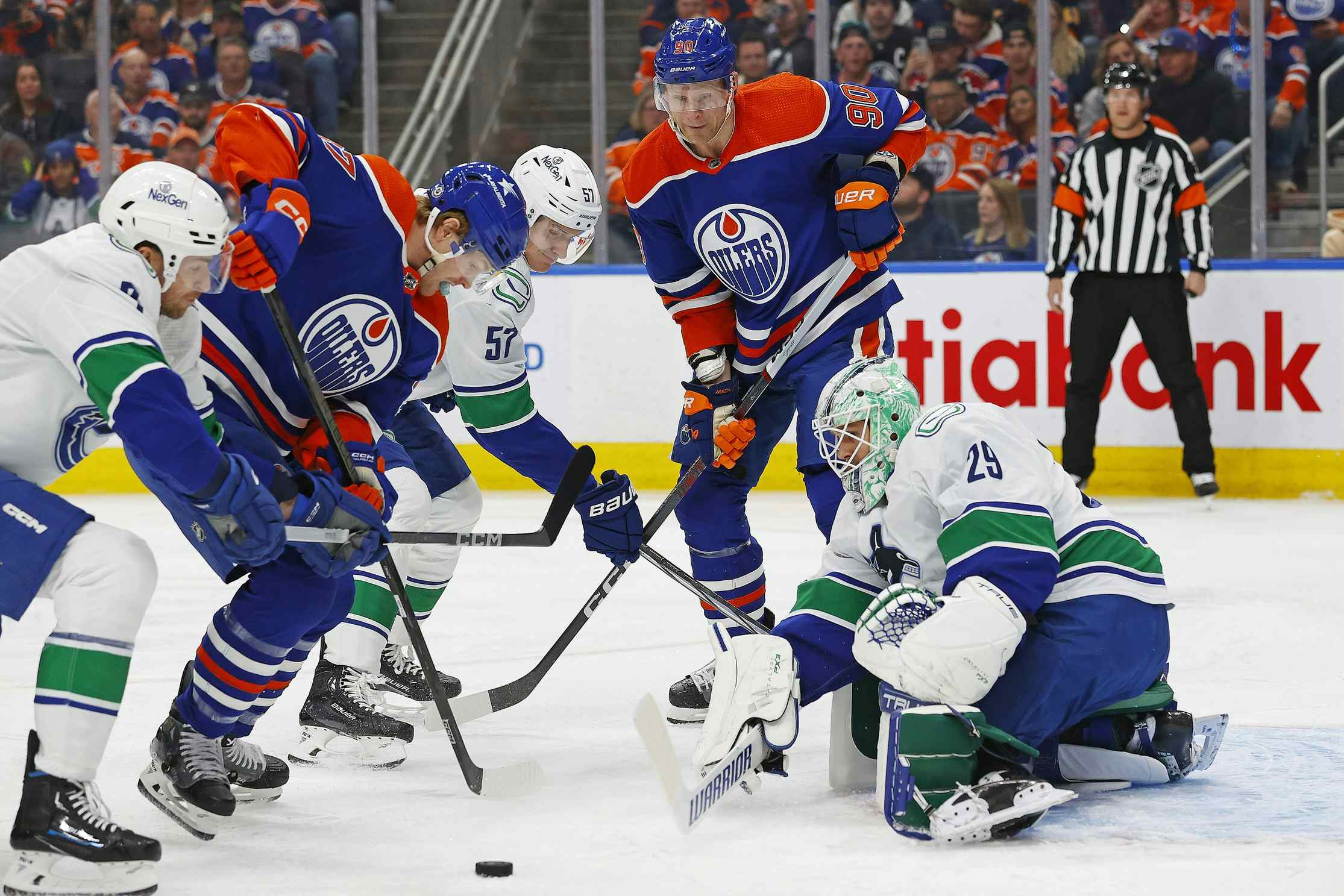Markus Granlund Needs to Improve Upon his Two-Way Play
By J.D. Burke
7 years agoWhen the Vancouver Canucks acquired Markus Granlund for Hunter Shinkaruk in advance of the February 29th trade deadline, it was in large because of his play away from the puck. Particularly in the defensive zone.
A player can be taught to play defence, but the Canucks might not have the time to live with the growing pains that come along with it. Count those among the many reasons the Canucks felt the need to trade Shinkaruk’s long-term potential for offence to secure an established defensive stud. For the Canucks, who sported the league’s third-worst goal differential at even strength, there’s value in that.
Buyer beware though because if Granlund’s first 16 games with the Canucks are any indication, they’ve been duped. Vancouver was outscored 13-8 at even strength with Granlund on the ice in that span. I’d caution against looking too far into so small a sample, but that’s disconcerting all the same. Should the Canucks expect more of this going forward?
What’s especially concerning is not just the quantity of goals, but the type. When a player is on the ice for almost as many goals against as games he’s played, there’s obviously an element of luck at work — bad luck, specifically. That still leaves many goals unaccounted for and there’s more than enough blame to direct at Granlund.
Sometimes it was the little things. Something as simple as accounting for Marko Dano in the slot and tying up his stick in transition, as he failed to do on the goal I’ve shared above. Just as often Granlund found himself the last forward back in the zone — never a particularly good look for a centre.
You want to believe that each is an isolated incident, as is often the case, but the underlying picture doesn’t do anything to suggest as much. The Canucks bled unblocked shot attempts with Granlund on the ice, surrendering 46 FA60. So too did the Canucks haemorrhage high-danger scoring chances with their defensive ace, surrendering 13 such events per-sixty-minutes. Goals? Well, the Canucks surrendered nearly four of those per-sixty-minutes with Granlund on the ice.
That’s a disturbing trend for Granlund and one you’d hope to avoid for at least the first month-plus following his acquisition. What’s worse is that his body of work in Calgary suggests it might be more than a tough transition to a new team.
The Flames gave Granlund every opportunity to succeed. When they lost Mikael Backlund to an abdominal injury January 7th, Granlund was handed the keys to his checking line. In that span, the Flames were outscored, out-chanced and beaten in the meaningful puck possession battle handily.
It’s not like there are many underlying, shot-based metrics that shone a positive light on the Flames season though. In that context, it would be wholly unfair to hold Granlund accountable for his raw totals. Granlund’s relative data shows that the Flames did considerably better without him in that span than with, though.
The league as a whole is moving away from fourth-lines that exist solely to punch faces. For some teams, that’s meant focusing on secondary scoring; for others, a line that does much of the heavy lifting on defence. The Canucks lineup is subject to change between now and October, but as currently constructed, Granlund is the presumptive fourth line centre.
Granlund’s not likely to find that next offensive gear, so carving a role within the Canucks lineup will be dependent on what he can do to suppress offence. If he can’t do that, I’m not sure what he brings to the Canucks lineup. His offence, which comes at a fourth-line rate at even strength, certainly isn’t doing it.
In retrospect, I think we’ve all grossly overestimated Granlund’s credibility as a surefire NHL’er. I’m not ruling out the possibility he takes steps towards developing into one, but we’re a long ways away from that now.
Recent articles from J.D. Burke





